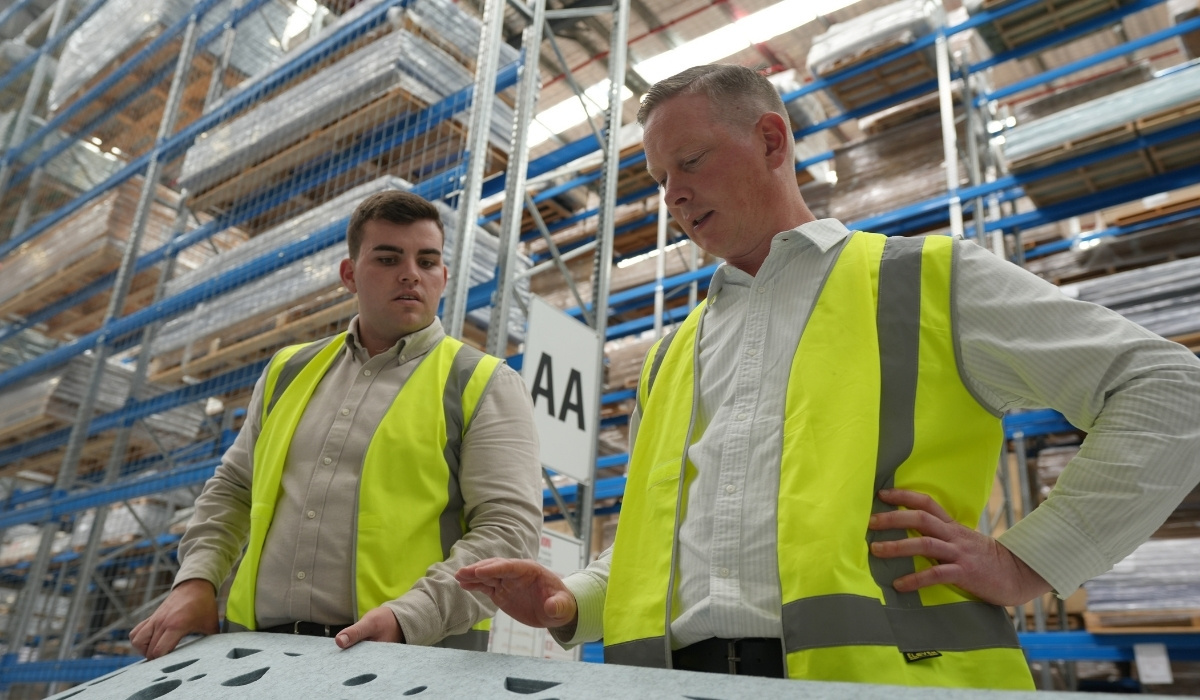Many use the terms robotic process automation (RPA), business process automation (BPA), and business process management (BPM) interchangeably. But they're different tools with different purposes, and mixing them up can lead to expensive mistakes.
If you're looking at automation for your business, understanding these distinctions matters. Each approach tackles different problems and works at different scales. Getting it right means choosing technology that actually solves your specific challenges rather than implementing something that sounds impressive but doesn't fit.
What is business process automation (BPA)?
Business process automation takes entire workflows and runs them without manual intervention. Instead of automating a single task, BPA handles the complete process from start to finish across multiple systems.
When an order comes in, for example, BPA can automatically check inventory levels, generate invoices, process payments, update your accounting system, and trigger shipping notifications. Each step connects to the next without someone manually moving information between systems.
BPA typically uses APIs and middleware to connect different software platforms. This means your accounting software, inventory management system, CRM, and shipping tools can all talk to each other without manual data entry or file transfers. Common applications include order processing, invoice approval workflows, employee onboarding, and contract management.
What is robotic process automation (RPA)?
Robotic process automation is more focused than BPA. It targets specific, repetitive tasks that follow clear rules. RPA uses software robots (or "bots") to mimic human actions within existing applications.
These bots log into systems the same way a person would – clicking buttons, copying and pasting data, filling in forms, and extracting information. The advantage over humans is that they can operate at any time, and are much simpler to scale. RPA works best for high-volume, rule-based tasks like data entry, matching purchase orders to invoices, updating customer records across multiple systems, or generating routine reports.
Robotic process automation doesn't require deep system integration. Bots work on top of your existing software, which means you can implement them quickly without rebuilding your infrastructure. Where other automation options can require API’s or specific automation tools within your systems, RPA bots can work with any system that you login to and interact with as a user.
The limitation is that RPA handles tasks, not full processes. A bot can extract invoice data, but it can't manage the entire accounts payable workflow on its own. While you can introduce RPA throughout an entire workflow, we typically recommend breaking it into smaller tasks with steps in between for human approval as required.
Want to see how much time and money automation could save your business? Calculate your automation ROI.
What is business process management (BPM)?
BPM business process management is less about specific technology and more about how you design, analyse, and improve your business processes. Where BPA and RPA are tools you implement, BPM is the discipline that helps you figure out which processes need improving in the first place.
Digital business process management combines traditional BPM principles with modern technology. It involves mapping out how work actually flows through your business, identifying bottlenecks, eliminating unnecessary steps, and continuously optimising performance.
A BPM approach starts with questions like: Why do we do it this way? Is this step necessary? Where do delays happen? A business might discover through BPM analysis that their approval process involves six sign-offs when three would suffice. Automating a broken process just makes it fail faster whereas fixing the process first and then automating it, delivers better results.
RPA vs BPA vs BPM: Understanding the differences
Robotic process automation targets individual tasks. It's tactical. You identify a repetitive, manual task and automate it with a bot. Implementation is quick, and the ROI is usually straightforward to calculate.
Business process automation operates at the process level. It connects multiple tasks and systems into an end-to-end workflow. Implementation takes longer and requires more planning, but it delivers broader efficiency gains.
Business process management sits above both. It's the strategic layer that helps you understand your processes, identify where automation makes sense, and measure whether changes are working.
These approaches often work together. You might use BPM to map out your order fulfillment process, implement BPA to automate the workflow from order to shipment, and deploy RPA bots to handle specific data entry tasks within that workflow.

How to choose the right approach for your business
Start by asking what problem you're trying to solve.
If you have a specific, repetitive task eating up staff time (copying data from PDFs into your system), robotic process automation is probably your answer. Look for tasks that are high-volume, rule-based, and don't require complex decision-making.
If you're dealing with inefficient workflows that span multiple systems and departments (like a procurement process with manual handoffs between purchasing, finance, and operations), business process automation makes more sense.
If you're not sure where the inefficiencies are, or if you suspect deeper structural problems, digital business process management should come first. Map your processes, measure performance, identify bottlenecks, and then decide what to automate.
Most businesses don't choose just one. A common path is to start with RPA to get quick wins, use those successes to justify investment in BPA for broader process improvements, and adopt BPM principles to ensure you're continuously optimising.
Building a smarter, more connected business
At Logiq Group, we help businesses assess their processes, identify automation opportunities, and implement solutions that deliver measurable results. Whether you're looking at robotic process automation for quick efficiency gains, business process automation to connect your systems, or business process management to transform how you operate, we start with your specific challenges and build from there.
Understanding which automation approach fits your business is just one piece of the puzzle. If you're looking at broader system integration and want to understand the investment involved, our ERP Cost Calculator provides a tailored estimate based on your specific needs. Get your tailored estimate here.
How much does it cost?
More insights
How does RPA work and why is it essential for business growth?
Most businesses run on an ERP system that centralises data and standardises processes, but the ERP...
Read More
Am I Ready for ERP Automation? A Guide for Growing Businesses
Running a growing business means constantly juggling priorities. You've heard about automation and...
Read More
How to Get Started with ERP Automation
Your team spends hours each week on repetitive admin tasks that could be running automatically....
Read More
5 Types of ERP Automation That Save You Time and Money
Are manual tasks quietly draining your team’s time and energy? Manual data entry feels productive...
Read More




